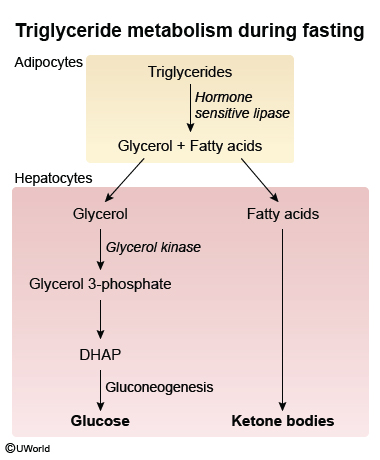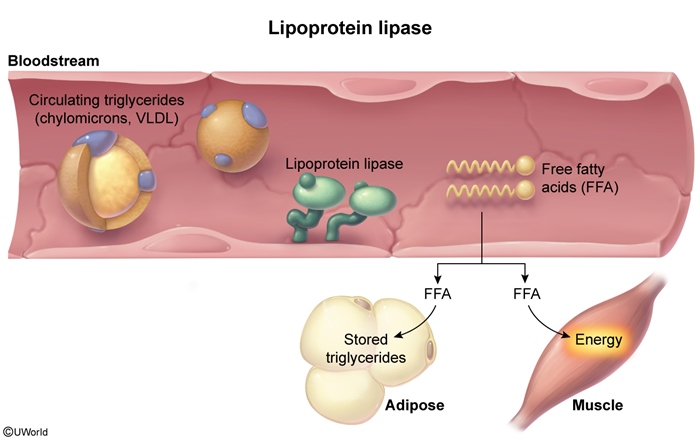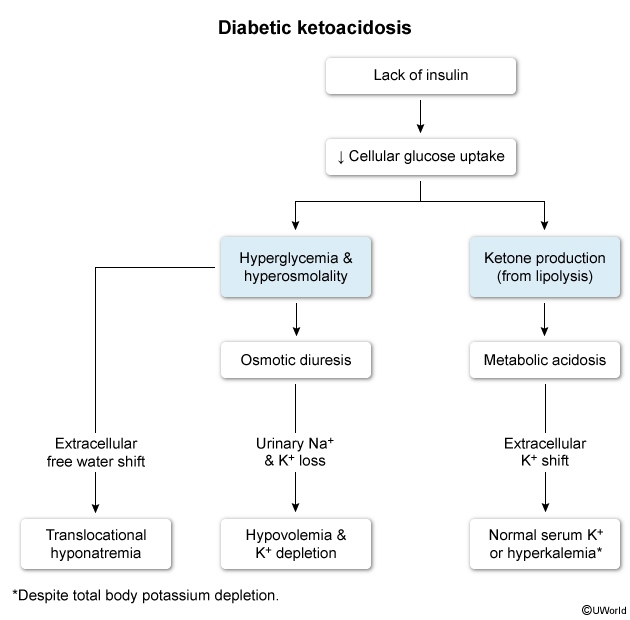Diabetic Ketoacidosis (DKA) And Hyperosmolar Hyperglycemic State (HHS)
Article Sections
Introduction
Diabetic ketoacidosis (DKA) and hyperosmotic hyperglycemic state (HHS) are life-threatening complications of diabetes mellitus.
- DKA is characterized by hyperglycemia, metabolic acidosis, and ketonemia; it is primarily seen in patients with type 1 diabetes mellitus (T1DM) although it can sometimes occur in type 2 diabetes mellitus (T2DM).
- HHS is characterized by more severe hyperglycemia and absence of ketones; it is primarily seen in patients with T2DM.
This article provides an overview of DKA and HHS.
Pathophysiology
Normally, insulin and glucagon act as key homeostatic regulators to keep levels of circulating glucose and free fatty acids (FFAs), which are energy precursors, in balance. Insulin facilitates anabolic processes, promoting cellular uptake of these energy precursors and their storage (eg, glycogen, triglycerides) (
Continue Learning with UWorld
Get the full Diabetic Ketoacidosis (DKA) And Hyperosmolar Hyperglycemic State (HHS) article plus rich visuals, real-world cases, and in-depth insights from medical experts, all available through the UWorld Medical Library.
Figures

Figure 1

Figure 2

Figure 3
Tables
Table 1
Table 2
Table 3